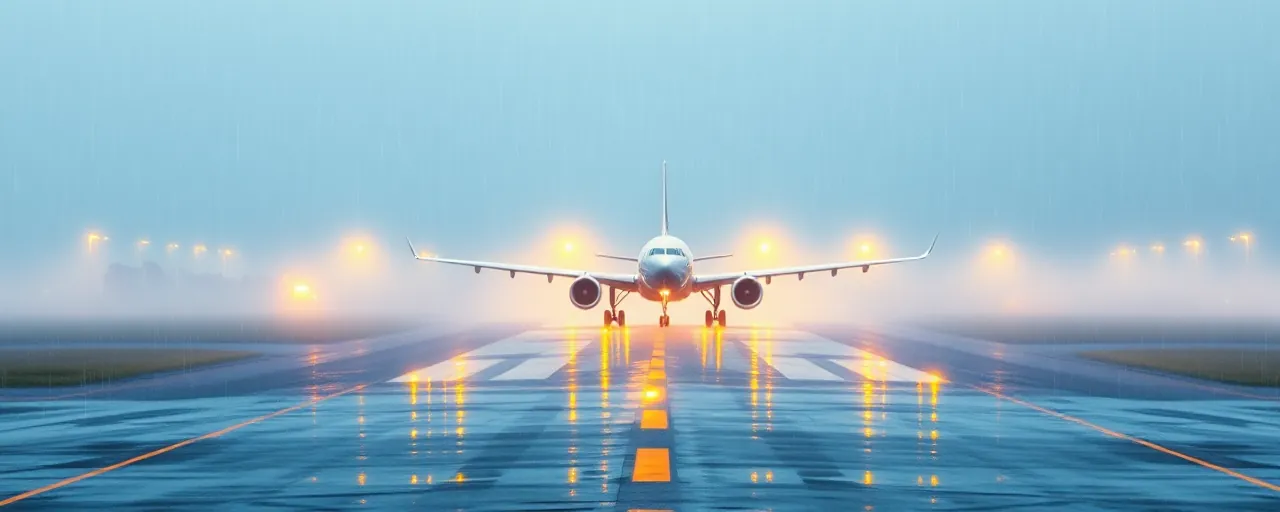A Wake-Up Call Answered
Air travel remains the backbone of American commerce and connectivity, ferrying millions across the nation daily. Yet, beneath the smooth hum of jet engines lies a stark reality: runway safety isn’t a guarantee. Close calls, known as runway incursions, have long haunted pilots and air traffic controllers alike. In February 2023, the Federal Aviation Administration heard the alarm bells loud and clear after a string of near-misses sparked a Safety Call to Action. Their response? A no-nonsense rollout of cutting-edge tools like the Runway Incursion Device, now hitting 74 airports nationwide. This isn’t just tinkering around the edges; it’s a full-throttle commitment to keeping the skies safe.
Let’s be real, the FAA isn’t known for lightning-fast moves. Bureaucracy often strangles progress, leaving taxpayers frustrated and safety lagging. But this time, they’ve ditched the red tape and delivered. The RID, already live at places like Austin-Bergstrom International and Portland International, is a game-changer, a memory aid that flags occupied or closed runways in real time. It’s not flashy, but it works. With plans to hit 69 more airports by 2026, alongside the Surface Awareness Initiative and Approach Runway Verification systems, the FAA is proving that government can step up when it counts.
Tech That Packs a Punch
The Runway Incursion Device isn’t some sci-fi gimmick; it’s a practical fix for a gritty problem. Air traffic controllers juggle a dozen variables at once, tracking planes on a dime. One slip, and you’ve got a multi-ton jet barreling down the wrong strip. RID cuts through the chaos, signaling up to eight runways with crystal-clear alerts. Pair that with the Surface Awareness Initiative, which uses ADS-B data to map surface traffic at smaller airports, and the Approach Runway Verification system, flashing warnings when a pilot’s lined up wrong, and you’ve got a safety trifecta that’s hard to beat.
This isn’t new territory for aviation tech. Back in the ‘70s, radar and transponders revolutionized how controllers tracked flights, slashing risks and boosting capacity. Today’s upgrades build on that legacy, weaving AI and real-time data into the mix. The FAA’s $8 billion radar modernization push, tied to the 2025 budget, shows they’re not resting on laurels. Contrast this with the naysayers who’d rather see agencies gutted than funded. They’ll argue these systems cost too much, but what’s the price tag on a runway collision? A few billion beats a preventable tragedy any day.
Big Government, Bigger Results
Here’s where the rubber meets the runway: government investment works when it’s focused and fearless. The Infrastructure Investment and Jobs Act is pouring billions into airports like Pittsburgh and Columbus, upgrading terminals and weaving in tech like biometric boarding and AI-driven traffic flow. The FAA’s runway safety push fits this mold, tackling a real-world headache with tangible results. Take the Runway Incursion Mitigation program, launched years back, it’s already slashed incursions by 78% at 91 high-risk sites. That’s not theory; that’s proof.
Critics, often from the tax-and-spend crowd, will cry foul, claiming private industry could do it better. Sure, airlines and airports innovate, but without a unified backbone like the FAA, you’d get a patchwork of half-baked systems, each tower fending for itself. The FAA’s hiring 2,000 new controllers in 2025, alongside tower simulator upgrades, shows a grit that privatization zealots can’t match. Competition’s great, but safety’s not a free-market experiment. Centralized action, backed by federal muscle, gets the job done.
The Bottom Line Lands Hard
The FAA’s tech blitz is a win for anyone who flies, plain and simple. You don’t need to decode jargon to grasp the stakes: safer runways mean fewer headlines about near-misses or worse. With RID, SAI, and ARV spreading coast to coast, travelers can breathe easier knowing the feds are finally prioritizing what matters. This isn’t about coddling bureaucrats; it’s about results. The data backs it up, historical upgrades like radar in the ‘60s and automation in the ‘80s paved the way, and today’s tools are just as pivotal.
Doubters will still grumble, pushing for cuts or outsourcing. They’re missing the forest for the trees. Aviation safety thrives on coordination, not chaos, and the FAA’s proving it can lead the charge. As these systems roll out through 2026, expect the U.S. to stay a global benchmark for air travel safety. That’s not blind optimism; it’s a bet on American ingenuity, fueled by a government that, for once, isn’t afraid to act. Next time you’re taxiing down a runway, thank the tech, and the resolve behind it, keeping you aloft.
